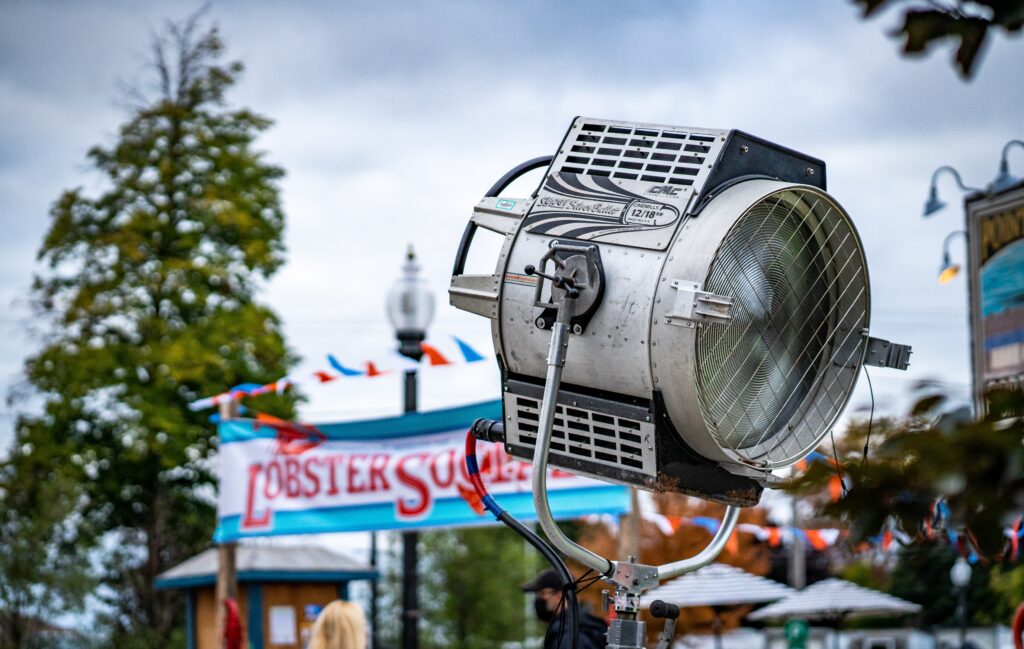The global lighting industry, particularly in China, has seen a steady recovery and expansion in its export scale. In 2021, China’s lighting industry achieved a record-breaking export total of $65.47 billion USD, with LED lighting products accounting for $47.45 billion USD. To successfully export lighting products, it’s crucial to understand the relevant standards and certifications required by markets like the USA, EU, and Japan.
Export Regulations and Certification Requirements:
United States (USA): Lighting products exported to the USA typically need to comply with UL safety standards. UL standards primarily focus on product safety performance testing and certification. Different types of luminaires correspond to different UL standards, as detailed below:
- Seasonal/Decorative Lighting: UL 588 standard required.
- Portable Luminaires: UL 153 standard required.
- Fixed Luminaires: UL 1598 standard required.
- Flashlights, Battery-Powered Hand Lamps, Work Lights: UL 1576 standard required.
- Night Lights: UL 1786 standard required.
- Light Sources/Bulbs: UL 1993 standard required.
- Low-Voltage Garden Lights: UL 1838 standard required.
- Track Lights: UL 1574 standard required.
- Emergency Lights: UL 924 standard required.
- LED Drivers, Controllers, LED Modules: UL 8750 standard required, among others.
Additionally, if lighting fixtures incorporate wireless radiofrequency remote control, switching, or dimming functions, relevant radiofrequency device certification and FCC authorization are necessary. Different types of luminaires correspond to different FCC authorization standards, as detailed below:
- LED Light Source Products (e.g., Bulbs, Strings, Strips): FCC Part 15B standard required.
- High-Intensity Discharge Lamps: FCC Part 18 standard required.
- Lighting Fixtures with Wireless RF Functionality: FCC Part 15C standard required, among others.
European Union (EU): Lighting fixtures exported to the EU generally require mandatory CE certification, indicating compliance with relevant EU directives. With Brexit progressing, from January 1, 2023, the UKCA marking will become mandatory in Great Britain (England, Scotland, Wales), while CE marking can continue to be used in Northern Ireland. Products certified by third-party notified bodies will need to bear the UKNI marking.
Some specific products also require authorization based on related directives for promotion, import, or use within Europe, as detailed below:
- Non-Wireless Lighting Products (e.g., Bulbs, Strings, Strips, Table Lamps, Discharge Lamps): Authorization under the EMC Directive 2014/30/EU required.
- Lighting Products with Wireless Radio Frequency Functionality: Authorization under the RED Directive 2014/53/EU required.
Special Note: Plug-in lighting strings exported to the European market must comply with:
- Documents issued by a certification body showing that your products have been tested in accordance with the following standards:
- EN 60598-2-20:2010 or EN 60598-2-20:2015: Luminaires, String Luminaires.
- BS 1363 (UK only).
- EC Declaration of Conformity demonstrating that the product complies with applicable regulatory requirements, including but not limited to:
- Low Voltage Directive 2014/35/EU, referencing EN 60598-2-20:2010 or EN 60598-2-20:2015.
- Electromagnetic Compatibility Directive 2014/30/EU.
- Radio Equipment Directive 2014/53/EU (applicable to Bluetooth technology).
- BS 1363 (UK only).
Japan: Electronics and electrical products, including lighting fixtures, exported to Japan require PSE certification. PSE certification is mandatory safety certification in Japan and is divided into two categories: Class A (Rhombus) certification for lamp components and Class B (Circle) certification for complete lamps. Additionally, products with radiofrequency wireless functionality require TELEC certification.
- Non-Wireless Lighting Products (e.g., Bulbs, Strings, Strips, Table Lamps, Discharge Lamps): Circle certification required.
- Lamp Components such as Ballasts, Transformers: Rhombus certification required.
- Lighting Fixtures with Wireless Radiofrequency Functionality: TELEC certification required.
Conclusion: Understanding and complying with the specific regulations and certification requirements of target markets is essential for successfully exporting lighting products to the USA, EU, and Japan. Adhering to safety and performance standards ensures that products meet the necessary criteria for market entry and consumer safety.

